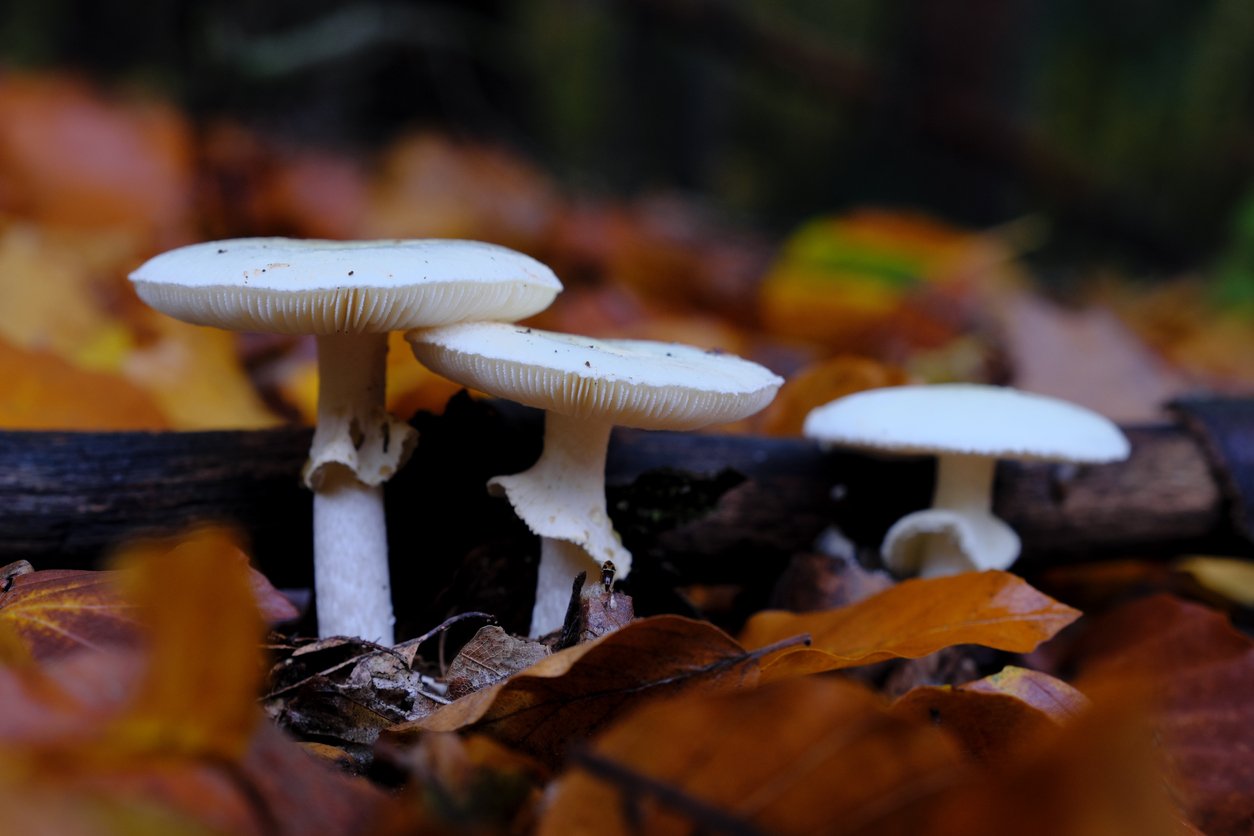
CRISPR Used to Find Antidote for Deadly Mushroom Poison
May 17, 2023| |
Ninety percent (90%) of deaths due to mushroom ingestion are caused by death caps (Amanita phalloides). Drug developers from Sun Yat-sen University in Guangzhou, China, discovered a potential antidote for death cap's toxin using CRISPR technology. Their findings are reported in Nature Communications.
Qiaoping Wang and team previously developed a method to find an antidote for the jellyfish venom. They used CRISPR-Cas9 to develop a pool of human cells, each with a mutation in a different gene. Then they looked for the mutations that made the cells endure exposure to α-amanitin, one of the most dangerous compounds in nature which is present in both jellyfish and death caps.
The CRISPR screening led them to cells lacking functional STT3B enzyme, which can survive α-amanitin. STT3B is involved in a biochemical pathway that adds sugar molecules to proteins. When this pathway is impeded, α-amanitin is also blocked from entering cells and prevented from causing destruction. Then they sifted through 3,200 chemical compounds that could block STT3B action. They found indocyanine green, a dye developed for photography and currently used for medical imaging. Tests showed that only half of the mice treated with indocyanine green died due to α-amanitin poisoning, compared with 90% of those that were not treated.
Read more from Nature.
| |
You might also like:
- Pocket K No. 54: Plant Breeding Innovation: CRISPR-Cas9
- New Plant Breeding Techniques: CRISPR/Cas9 System
- Scientist Introduces CRISPR 3.0 System for Highly Efficient Gene Activation in Plants
Biotech Updates is a weekly newsletter of ISAAA, a not-for-profit organization. It is distributed for free to over 22,000 subscribers worldwide to inform them about the key developments in biosciences, especially in biotechnology. Your support will help us in our mission to feed the world with knowledge. You can help by donating as little as $10.
-
See more articles:
-
Plant
- Bayer Submits Application for Second Renewal for Import and Processing of GM Maize MON810 in The Netherlands
- CIMMYT's Alison Bentley Announced as 2023 Borlaug CAST Communication Awardee
- ISAAA Inc. to Hold ASCA6 on September 11-15 in Indonesia
- Queensland University of Technology Seeks Approval for Commercial Cultivation of GM Banana
- Genome of Australian Round Lime Reveals Key to Citrus Greening Resistance
-
Animal
- Scientists Develop First Gene-Edited Calf Resistant to Bovine Viral Diarrhea Virus
-
Food
- USDA Helps Bring CRISPR to UH Students to Support Future Food and Agri Workforce
-
Health
- Synthetic Genetic Manipulation Almost Doubles Lifespan of Cells
- CRISPR Used to Find Antidote for Deadly Mushroom Poison
- Scientists Found a Way to Level Up Nonviral Gene Editing
-
Read the latest: - Biotech Updates (December 17, 2025)
- Gene Editing Supplement (December 17, 2025)
- Gene Drive Supplement (February 22, 2023)
-
Subscribe to BU: - Share
- Tweet

